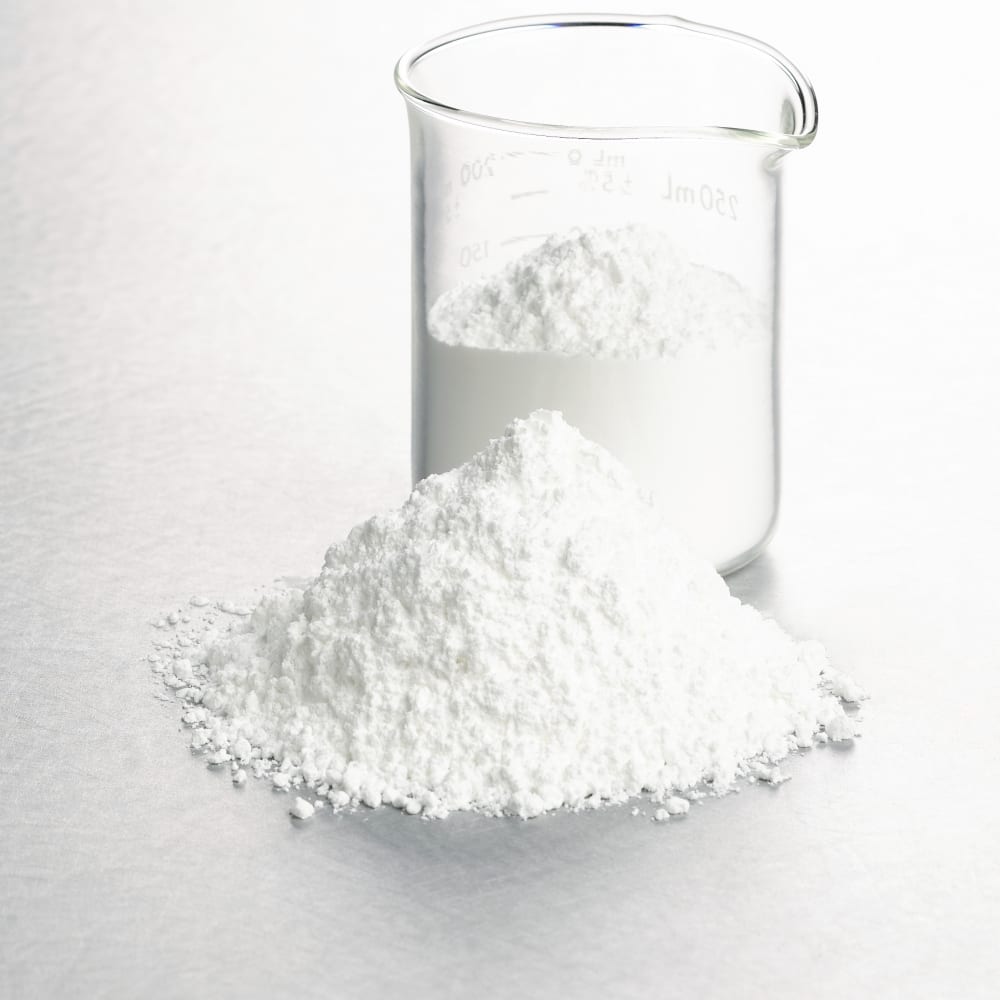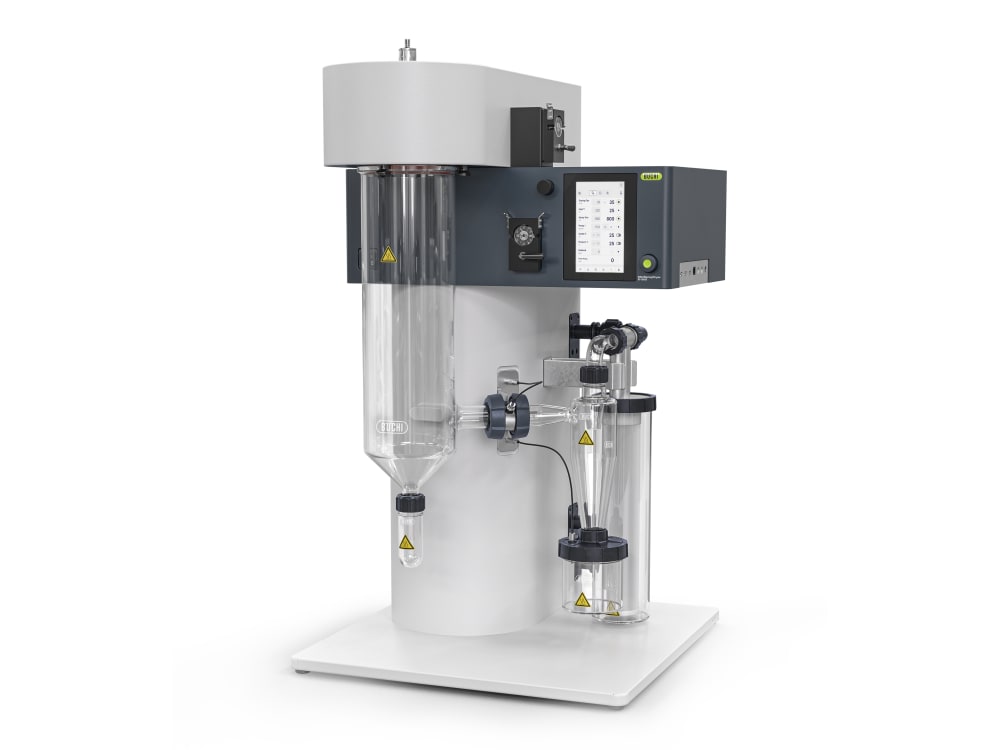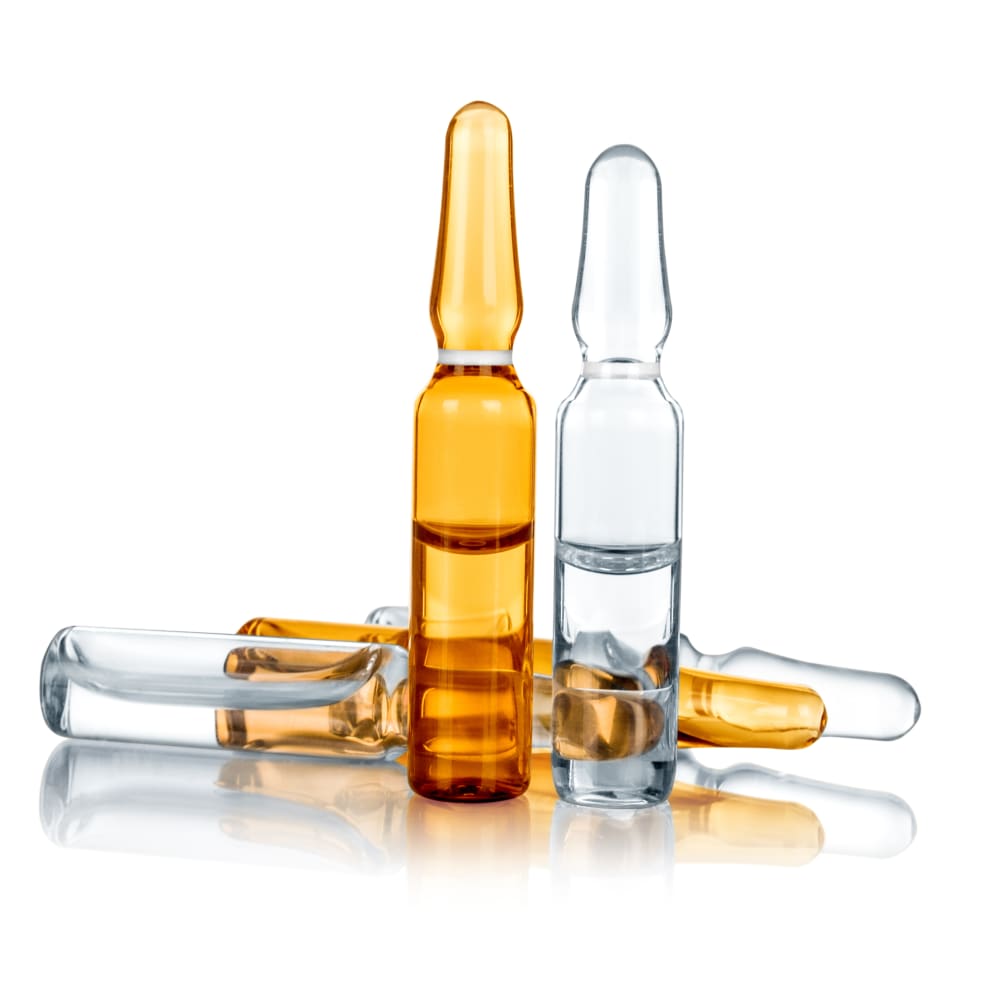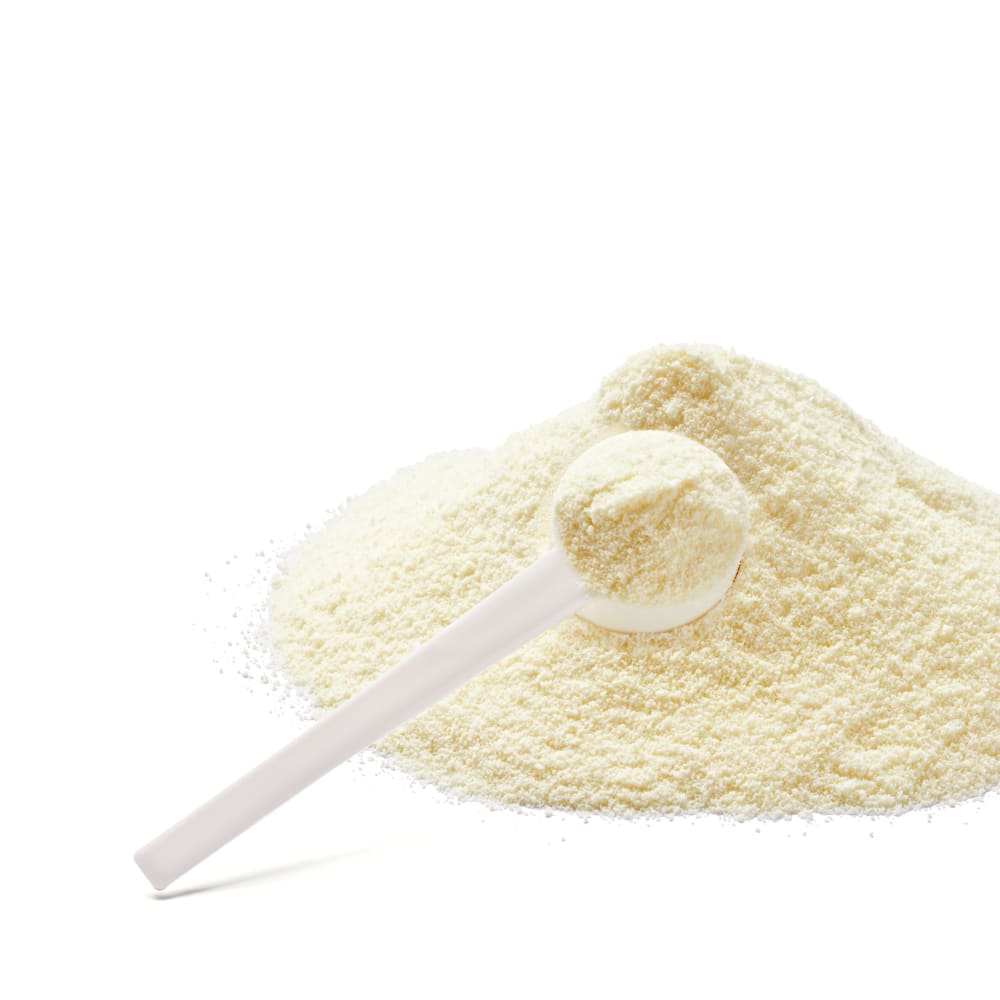Spray Drying of Sodium phosphate / silicate mixture

Spray drying is a commonly used technique to produce dry powders from liquid mixtures, such as sodium phosphate/silicate, for improved handling, storage, and transport. The mixture of sodium phosphate and silicate is commonly used in various applications, including detergents, ceramics, and fire-resistant coatings.
The spray drying process involves atomizing a solution of the sodium phosphate/silicate mixture in a solvent into a fine mist, which is then rapidly dried in a stream of hot air. The resulting dry powder consists of small, spherical particles with controlled size and shape. The process allows for the production of a large quantity of uniform particles with excellent flowability and dispersion properties.
The properties of the sodium phosphate/silicate powders produced by spray drying can be tailored by adjusting the process parameters, such as the inlet temperature, feed rate, and drying time. The use of different solvents or drying aids can also affect the properties of the final powder.
Overall, spray drying is an effective method for producing sodium phosphate/silicate powders with controlled properties, which can improve the performance and efficacy of the final product. The process allows for the production of a large quantity of uniform particles with excellent flowability and dispersion properties, which can enhance the detergency, ceramic properties, and fire resistance of the mixture.
Please find starting paramters and some Results in this Application Note.
Зарегистрируйтесь для загрузки
Сопутствующие приборы
Похожие методики
Второй выпуск журнала COSMETICS LAB
Во втором выпуске журнала COSMETICS LAB вас ждет полезная информация об извлечении активных компонентов из натурального сырья. Воспользуйтесь актуальными данными о методах, которые применяются на всех этапах разработки косметических средств. Узнайте, как выполнять экстракцию активных компонентов и скрининг их активности, а также как использовать хроматографию для очистки сырья. В новом журнале вы также найдете забавные факты, гороскопы, викторины и эксклюзивное интервью на тему борьбы с дезинформацией в косметической индустрии.

Справочное руководство по получению масла конопли
С помощью этого бесплатного документа вы получите полезную информацию о распылительной сушке и инкапсуляции – двух распространенных методах, используемых для извлечения каннабиноидов. Руководство также содержит информацию о ценности порошка конопли.
Воспользуйтесь руководством для простого извлечения востребованных на рынке каннабиноидов.
Третий выпуск журнала COSMETICS LAB
В третьем выпуске журнала COSMETICS LAB вы найдете все, что вам надо знать о создании декоративной косметики. Повысьте свои знания о рецептурных формулах, получив актуальную информацию о микрокапсулировании и распылительной сушке. Здесь вы найдете советы по составу косметики, рецепты, викторины, гороскопы и эксклюзивное интервью со специалистом по микрокапсулированию.

Композитные материалы на основе графена для литиевых батарей, полученные с помощью распылительной сушки
Композитные материалы на основе графена могут использоваться для улучшения электропроводности и увеличения жизненного цикла литиевых батарей (LIB). Из этого документа вы узнаете больше о стадиях получения композитных материалов на основе графена с помощью метода распылительной сушки. Изучите иллюстрированный материал по синтезированию композитов на основе графена, узнайте о влиянии графеновых порошков на работу батарей по результатам ряда исследований и получите информацию о параметрах процесса в ходе распылительной сушки различных материалов на основе графена.








